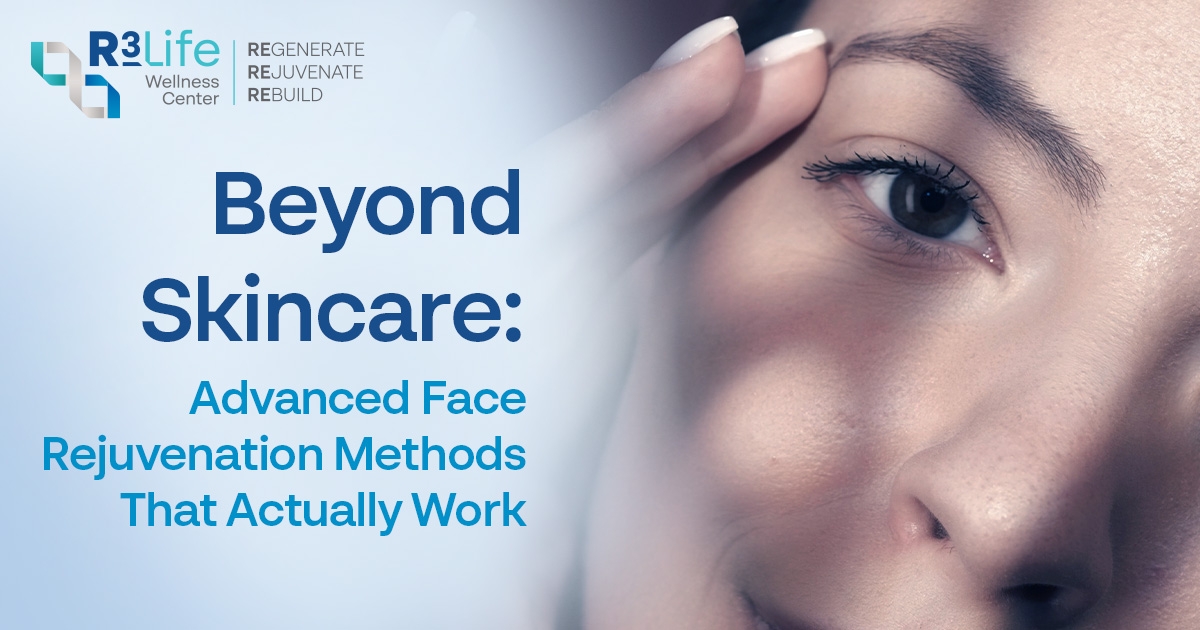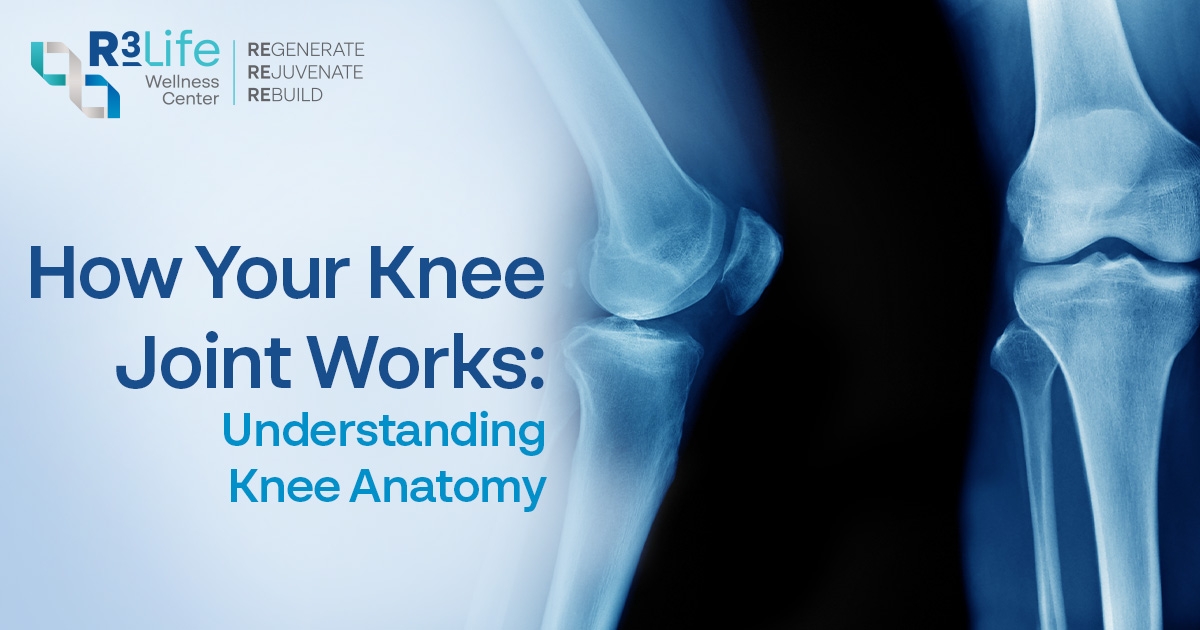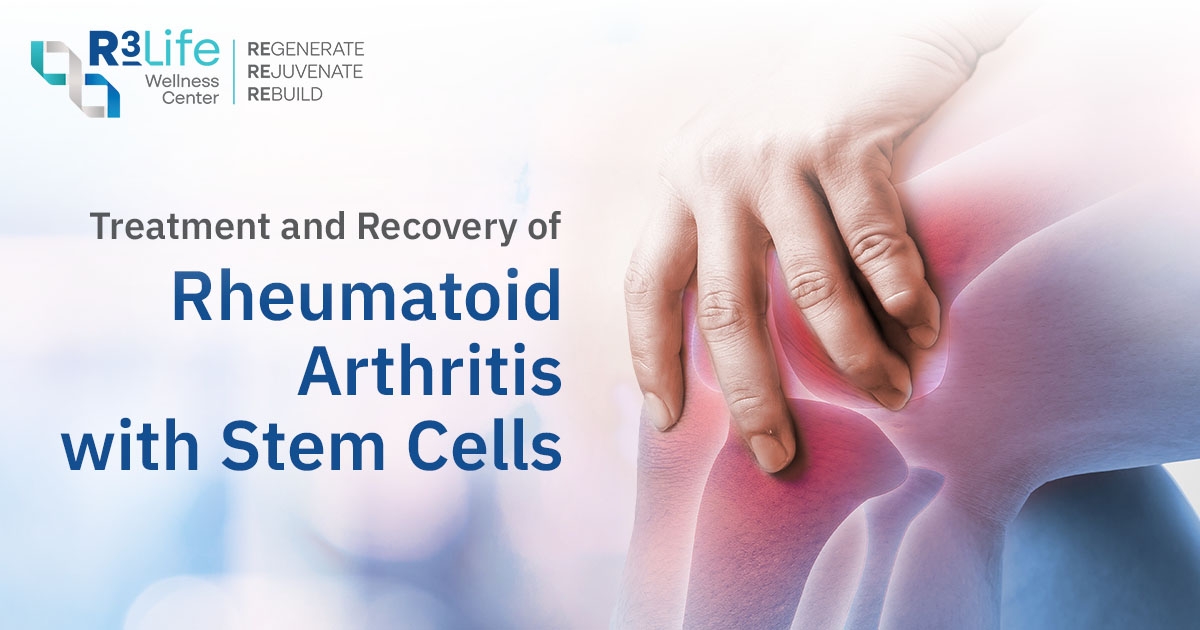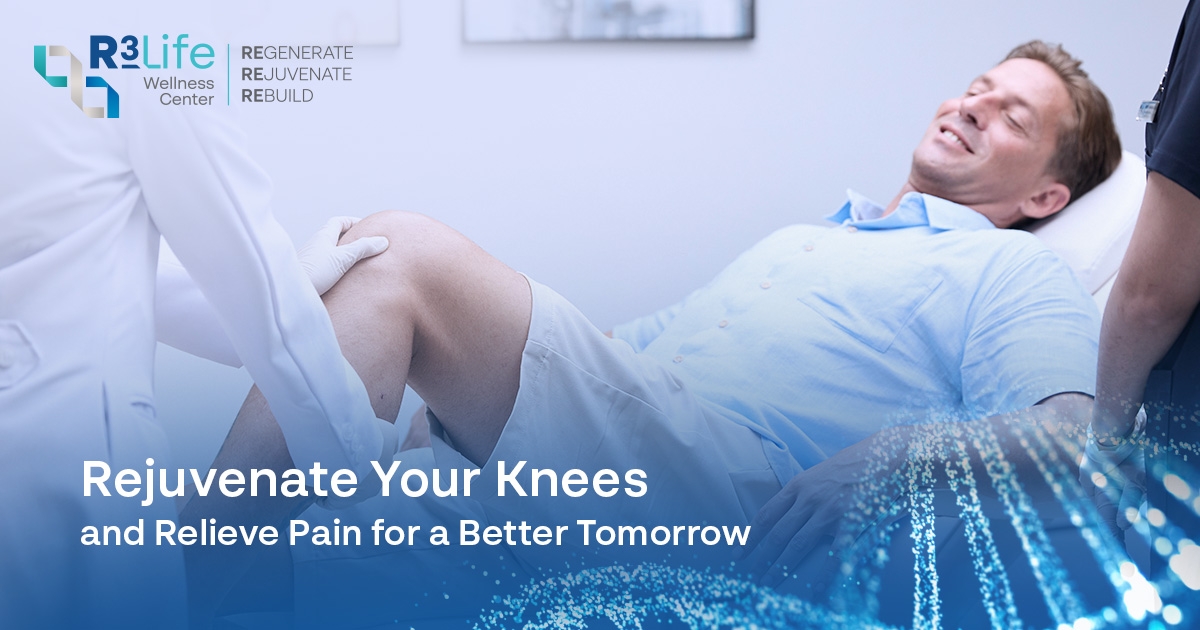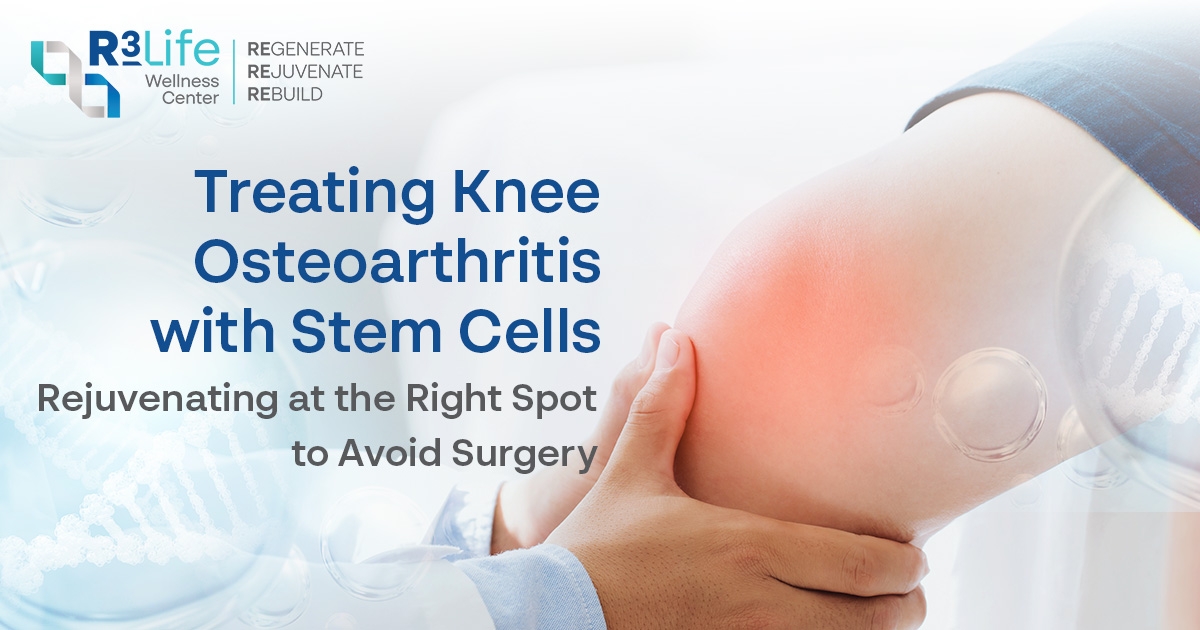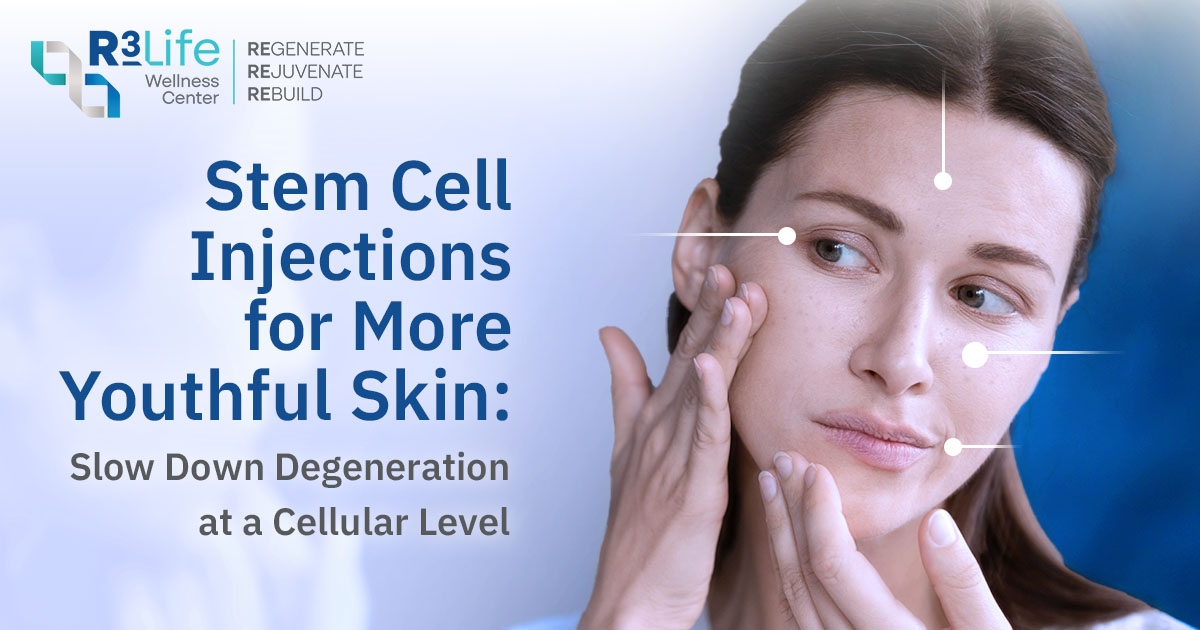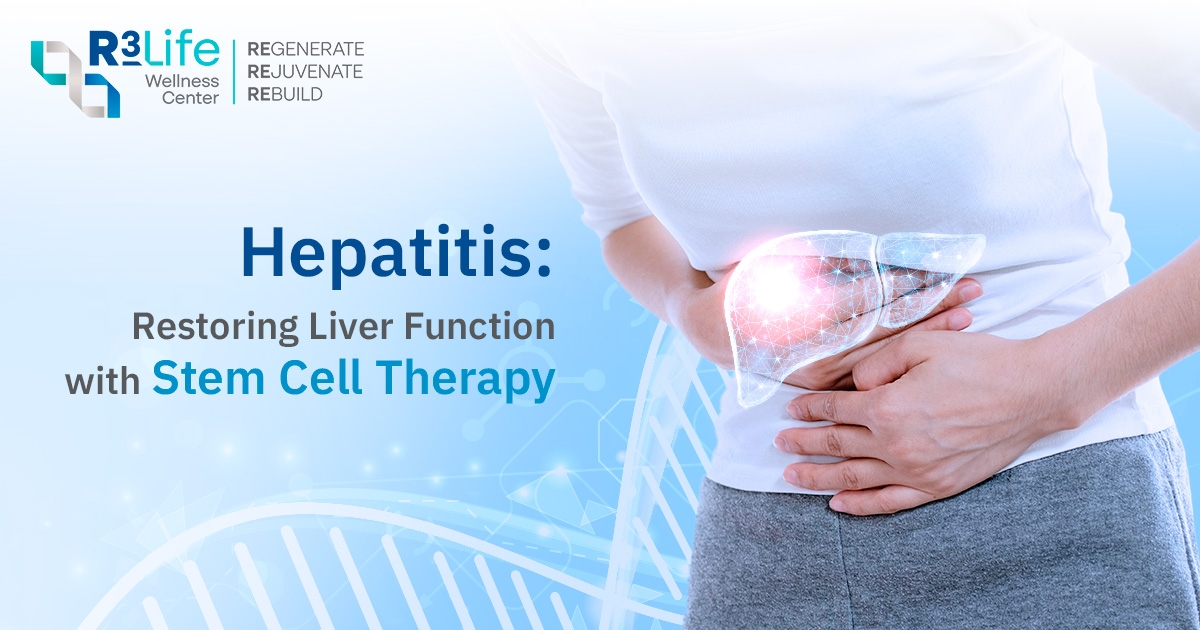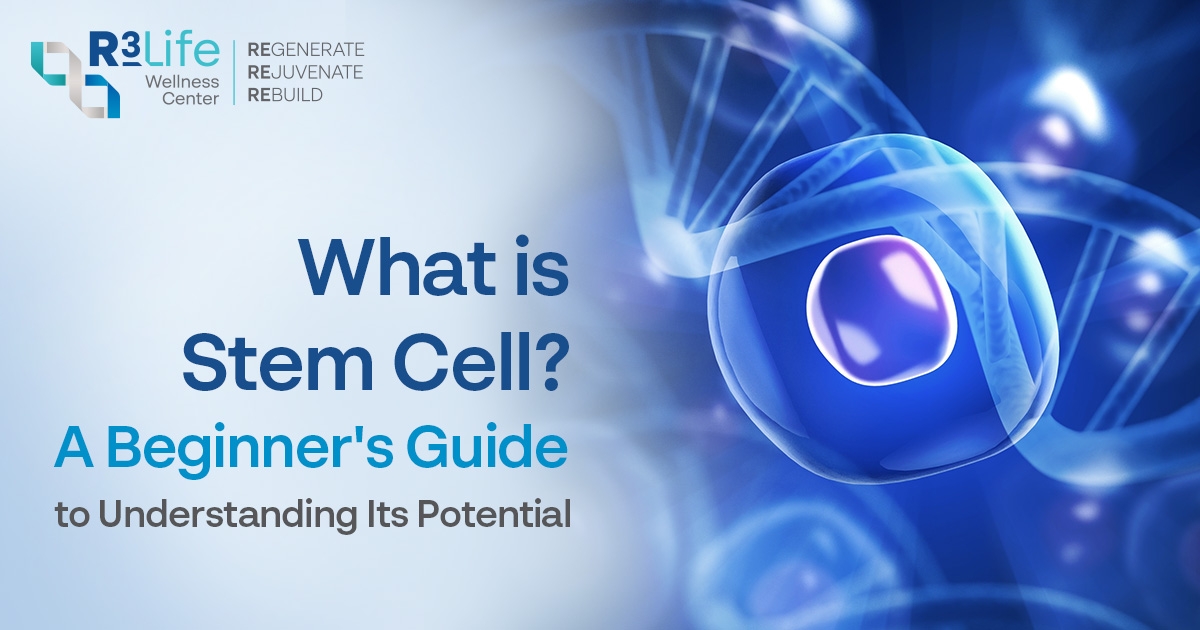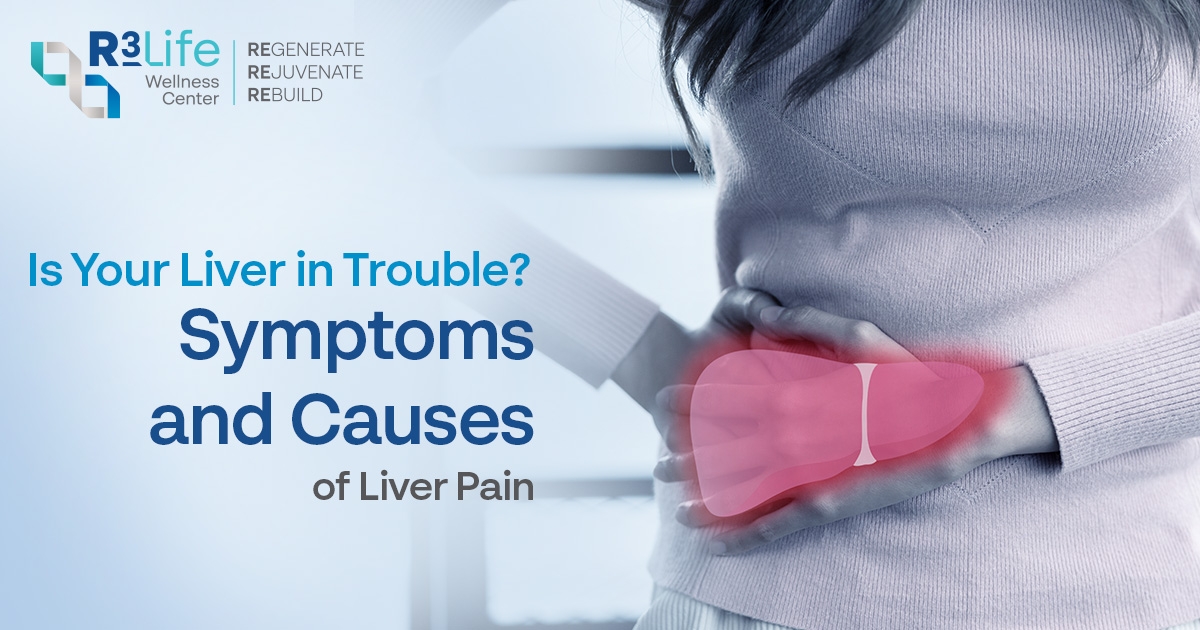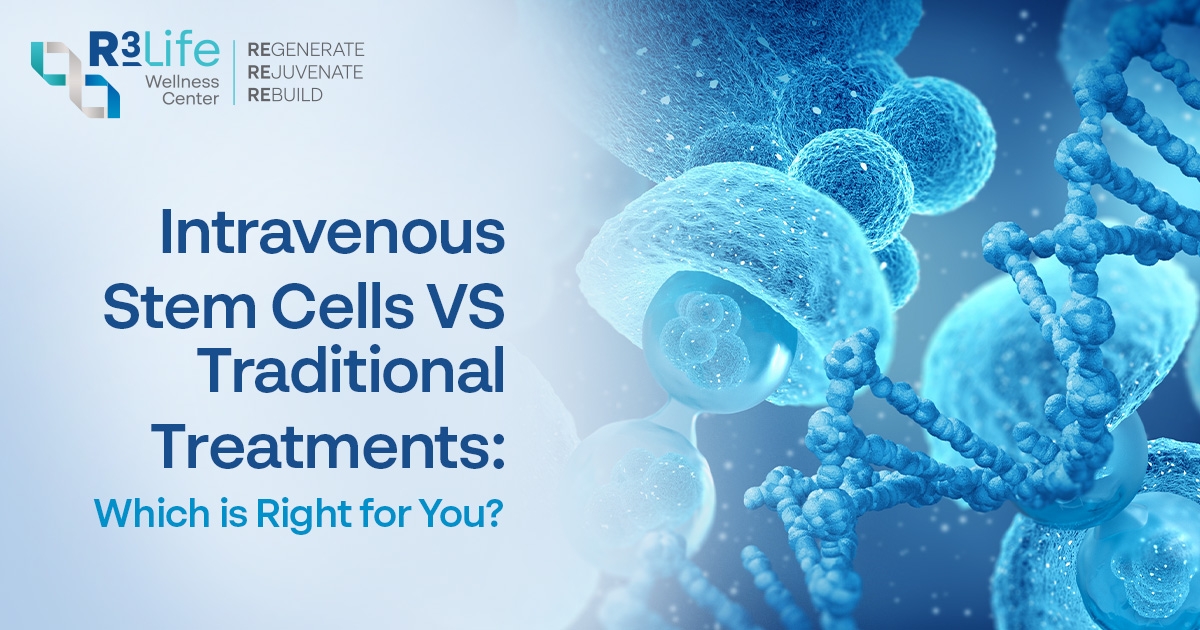10 Best Exercises for Swollen Knee and Pain in Runners
10 Best Exercises for Swollen Knee and Pain in Runners
That sharp twinge when your knees hurt after running. The dull ache that lingers, or even worse, the persistent swelling that refuses to subside. If you're experiencing knees sensitive to touch or dealing with swollen knee and pain, you're not alone. Knee pain isn't just an "older person's problem" anymore. Clinics across Thailand report patients are getting significantly younger. Many in their 20s and 30s now experience symptoms once seen only in older populations. This isn't unusual; it's becoming the new normal. The culprit? Overtraining. Pushing beyond your body's recovery capacity creates cumulative damage, making it the most common complaint among runners.
The good news? Most knee pain is preventable and treatable through targeted exercises. This guide reveals 10 evidence-based exercises that have helped thousands of runners recover and get back on track.
Understanding Runner's Knee: Causes and Symptoms of PFPS and Knee Swelling
Runner's knee, medically known as Patellofemoral Pain Syndrome (PFPS), affects the area where your kneecap meets your thigh bone. When runners complain that their knees hurt after running, they're often describing the classic symptoms of this condition.
Common causes include:
• Overuse and training intensity spikes causing cartilage injury, degeneration, and inflammation.
• Poor running biomechanics and foot strike patterns
• Weak hip and glute muscles that fail to stabilize the knee
• Tight IT bands and quadriceps that pull the kneecap out of alignment
• Previous injuries that haven't fully healed. Even professional athletes with torn ligaments rarely return to pre-injury condition once cartilage is damaged.
• Inadequate footwear failing to absorb running impact
• Decreased bone density and calcium deficiency leading to stress fractures
Key symptoms to watch for:
• Aching pain around or behind the kneecap
• Knees sensitive to touch, especially around the patella
• Swollen knee and pain that worsens with stairs or squatting
• Grinding or clicking sensations during movement
• Stiffness after periods of inactivity
The inflammation that causes swollen knees often develops gradually. What starts as minor discomfort can escalate into chronic pain if left untreated, potentially sidelining you from running for months.
Why Exercise Is Essential for Painful, Swollen Knees
Contrary to what you might think, rest isn't always the answer when your knees hurt after running. While acute injuries require immediate rest and medical attention, chronic knee pain often responds better to controlled movement and strengthening exercises.
Exercise benefits include:
• Improved blood circulation that reduces inflammation and promotes healing
• Stronger supporting muscles that take pressure off the knee joint
• Better joint mobility that prevents stiffness and maintains range of motion
• Enhanced proprioception that improves balance and reduces future injury risk
Choosing the right exercises. High-impact activities might aggravate swollen knee and pain symptoms, but low-impact strengthening provides relief. Research shows runners following structured exercise programs experience 60% fewer knee injuries than those relying on rest alone. However, balance is essential—pair structured exercise with adequate recovery. The goal is active recovery and progressive strengthening, not continuous high-intensity training.
10 Effective Knee Exercises to Reduce Runner's Pain
These exercises target the muscle groups most crucial for knee health in runners. Perform them 3-4 times per week, starting with lower repetitions and gradually increasing as your strength improves.
Exercise 1: Glute Bridges
Lie on your back with knees bent and feet flat on the floor. Squeeze your glutes and lift your hips, creating a straight line from knees to shoulders. Hold for 2 seconds, then lower slowly. This strengthens the glutes, which are essential for proper knee tracking. Perform: 3 sets of 15 repetitions
Exercise 2: Clamshells
Lie on your side with knees bent at 45 degrees. Keeping feet together, lift your top knee while maintaining contact between your heels. This targets the often-neglected gluteus medius muscle that stabilizes the pelvis during running. Perform: 3 sets of 20 per side
Exercise 3: Wall Sits
Stand with your back against a wall and slide down until your thighs are parallel to the floor. Hold this position while maintaining proper alignment. This isometric exercise strengthens the quadriceps without putting excessive stress on the knee joint. Perform: 3 sets, hold for 30-60 seconds
Exercise 4: Single-Leg Glute Bridges
Progress from regular glute bridges by performing the movement on one leg. This unilateral exercise addresses strength imbalances that often contribute to knee pain in runners. Perform: 2 sets of 10 per leg
Exercise 5: IT Band Stretches
Cross your right leg behind your left and lean into your left hip while reaching your right arm overhead. Hold for 30 seconds, then switch sides. Tight IT bands are a common cause of lateral knee pain in runners. Perform: 3 sets of 30-second holds per side
Exercise 6: Quad Stretches
Stand on one foot and pull your other heel toward your buttocks. This stretch is particularly important if your knees are sensitive to touch, as tight quadriceps can increase pressure on the kneecap. Perform: 3 sets of 30-second holds per leg
Exercise 7: Step-Ups
Use a 6-8 inch step and focus on controlled movement. Step up with one foot, bringing the other knee to 90 degrees, then step down slowly. This functional exercise mimics running mechanics while building strength. Perform: 3 sets of 12 per leg
Exercise 8: Hamstring Stretches
Lie on your back and use a strap or towel to pull one leg toward your chest while keeping it straight. Tight hamstrings can alter running biomechanics and contribute to knee pain. Perform: 3 sets of 30-second holds per leg
Exercise 9: Calf Raises
Stand with your feet hip-width apart and rise up onto your toes, then lower slowly. Strong calves support proper foot strike and reduce the impact forces transmitted to your knees. Perform: 3 sets of 20 repetitions
Exercise 10: Monster Walks
Place a resistance band around your ankles and take wide steps sideways while maintaining a slight squat position. This exercise targets the hip abductors and improves lateral stability. Perform: 3 sets of 15 steps in each direction
The human body is a delicate matter. Even identical twins require different medical care. We recommend scheduling a consultation with our specialists to discuss the pros and cons specific to your situation.
Advanced Stem Cell Therapy
Still can't run pain-free after trying everything? Stem Cell therapy offers runners a revolutionary alternative to surgery, specifically designed to regenerate cartilage tissue and reduce inflammation in the knee joint. This minimally invasive procedure provides effective relief from chronic pain and stiffness with significantly shorter recovery time compared to traditional knee replacement surgery.
Research-Backed Treatment Excellence: R3 Life Wellness Center's approach is supported by leading Thai medical research. Studies from Ramathibodi Hospital, Mahidol University show that stem cells encourage faster bone fusion and help build cartilage while reducing inflammation. Additional research from Srinakharinwirot University's Faculty of Medicine confirms that stem cell injections yield superior results compared to cartilage cell treatments alone.
Why Choose R3 Life Wellness Center
Located in Bangkok's medical district, our facility specializes in treating early to moderate knee osteoarthritis (stages 1-3) using advanced stem cell technology.
High-quality stem cells through rigorous donor selection. We exclusively source young, healthy stem cells that undergo comprehensive medical screening, including infectious disease. Each umbilical cord is collected under sterile conditions. This careful selection ensures our stem cells demonstrate a 90%+ viability rate and are stored using state-of-the-art equipment for precision and quality care.
What Makes Our Knee Treatment Different:
• Personalized programs designed by American Board doctors with extensive stem cell experience
• Direct cartilage regeneration that creates new tissue rather than masking symptoms
• Precise injection techniques targeting the exact area of joint degeneration
• Research-proven methodology backed by leading Thai medical institutions
• Alternative to knee replacement surgery with natural tissue restoration
Ready to avoid surgery and run pain-free again? Contact us for a consultation to determine if stem cell therapy is right for your specific condition.
Frequently Asked Questions
How many stem cell treatments will I need, and how long do the results last?
Early-stage osteoarthritis: 1-2 treatments. Severe degeneration may require additional injections. Results focus on permanent cartilage regeneration, not temporary relief like traditional treatments.
How long before I can return to running after stem cell treatment?
Gradual return as new cartilage develops much faster than knee replacement surgery (6+ months). Your doctor provides personalized timeline based on healing progress.
What's the difference between stem cell therapy and traditional treatments?
Traditional treatments, such as steroids, painkillers, physical therapy, may cause harmful side effects to your body while only providing temporary symptom relief. Stem cell therapy regenerates actual cartilage tissue for potential permanent cure.
Are there any activities I should avoid during healing?
Avoid knee-popping activities, walking stairs, sitting cross-legged, or movements causing joint friction. Your doctor will provide specific guidelines based on your condition stage.
Who is suitable for stem cell knee treatment?
Best for early-moderate osteoarthritis (stages 1-3) with symptoms like knee stiffness, difficulty bending, or joint popping. Not suitable for severe cases requiring immediate knee replacement. Don't wait until your knee pain becomes so severe that treatment options become limited. Early intervention provides the best outcomes with higher success rates in cartilage regeneration and pain relief.
How can I book or ask questions?
You can contact us through the following channels:
WhatsApp: +66 88 689 8888
Email: [email protected]
Feel free to send us your MRI or health results (if available) or describe any concerns you may have. Our doctor will review your information, provide a personalized consultation, and give you the cost details.
If you don’t have MRI or health results, that’s perfectly fine. For knee stem cell injections, we typically use 10–15 million stem cells per knee, and we’ll help you determine the best plan before your visit.
You can also let us know your preferred date and time to visit our Silom flagship clinic in Bangkok, Thailand.
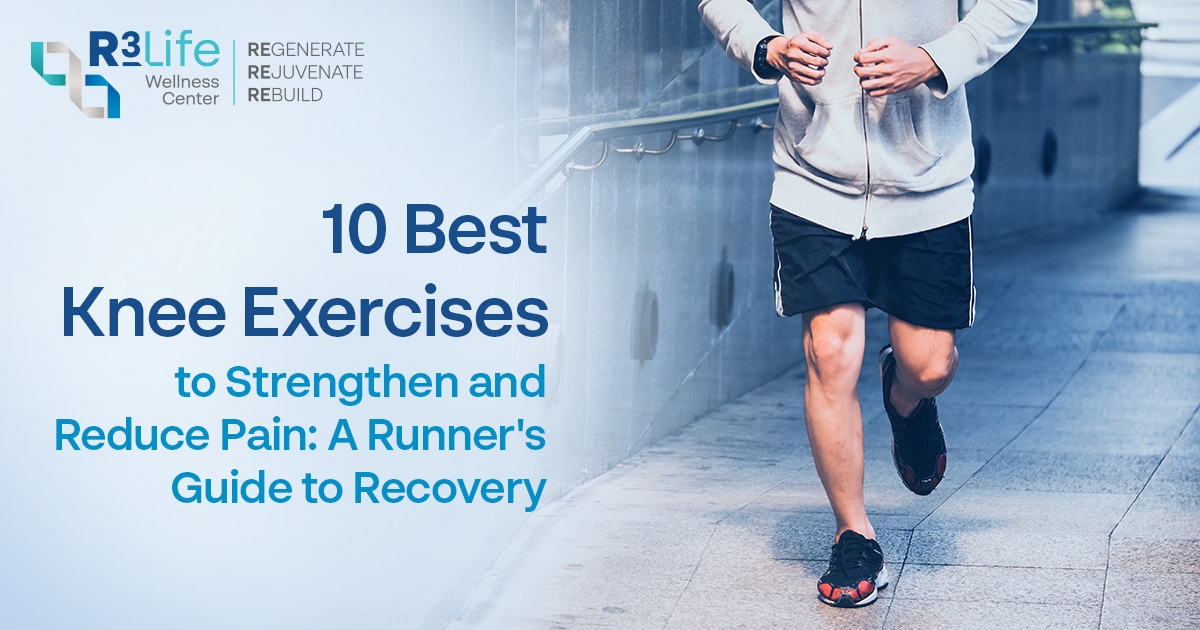
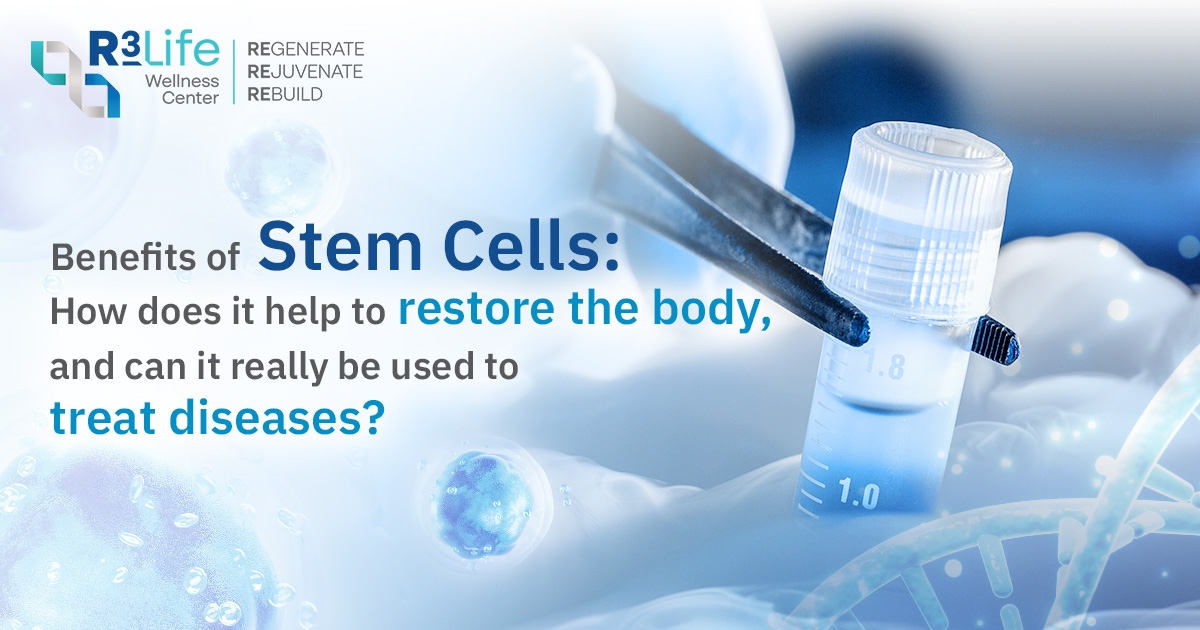
 Benefits of Stem Cells: How does it help to restore the body, and can it really be used to treat diseases?
Benefits of Stem Cells: How does it help to restore the body, and can it really be used to treat diseases?